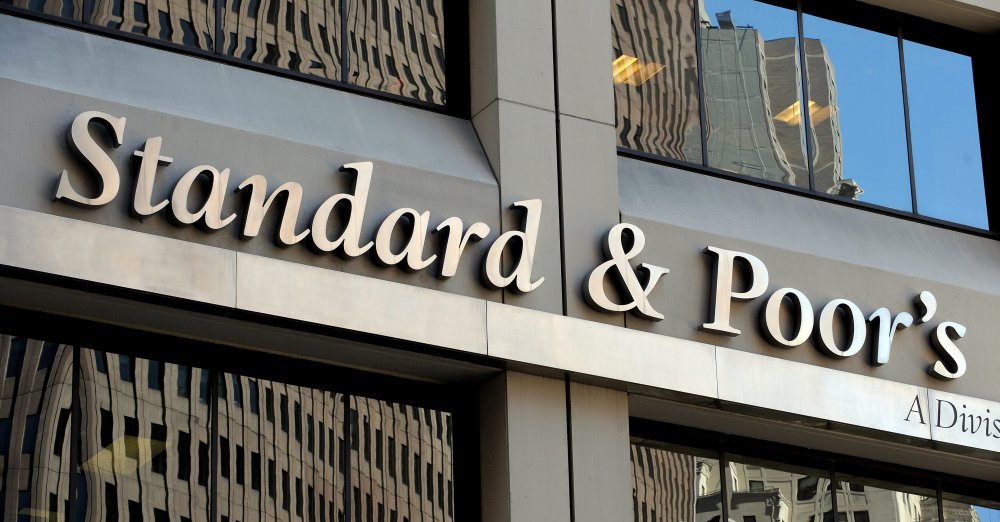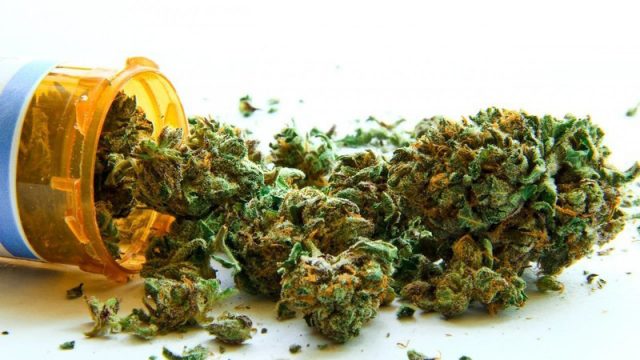In what seems like a reprise of a familiar, yet unwelcome theme, Barbados has been slapped with yet another downgrade by international ratings agency Standard & Poor’s (S&P), which today warned that there is now a higher risk associated with maintaining the country’s $2 to US$1 exchange rate.
In addition, the New York-based agency is predicting that Government will fall short of balancing the budget this year and the next due to a range of factors, including a weak track record of execution, “the likely overestimation of one-off revenues”, and the fact that certain political considerations would have to be made as an election year approaches.
Reference to “one-off revenues” appears to be a criticism of the Freundel Stuart administration’s National Social Responsibility Levy (NSRL), introduced last September at two per cent of the customs value of all imports, with some exceptions, and locally manufactured goods, with the expectation of raising more than $140 million which Government had said would have gone towards funding the island’s health care and sanitation services.
When Minister of Finance Chris Sinckler introduced the 2017 Budget on May 30, he announced that the levy would rise to ten per cent, as part of tax measures to close a $537 million deficit.
Warning of the possibility of another downgrade within the next 12 months, S&P said in a statement today that it was lowering the long-term local currency sovereign credit rating on the country to ‘CCC’ from ‘CCC+’, while affirming its long-term foreign currency sovereign rating at ‘CCC+’. However, the outlook on both long-term ratings is negative.
With Government’s deficit estimated at six per cent, and overall debt at about 140 per cent of gross domestic product (GDP) – one of the highest in Latin America and the Caribbean – the ratings agency urged the Stuart administration to address its policy challenges.
“Barbados’ policy challenges include high general Government debt, deficits, and debt servicing requirements; limited appetite for private-sector financing; and a low level of international reserves raising the risk to sustainability of the peg to the US dollar,” S&P said.
“In our opinion, monetary financing to the central Government is at odds with sustaining Barbados’ currency peg to the dollar, and it significantly curtails the Central Bank’s ability to act as a lender of last resort in the financial system. Low inflation is a reflection of global conditions rather than effective monetary policy execution given the fixed exchange-rate regime,” S&P said in its rationale.
In announcing $542 million worth of austerity measures in his Financial Statement and Budgetary Proposals, Sinckler had said that Government would overcome a high deficit of $537.6 million, achieving a small surplus of $4.4 million.
The tax measures included the steep rise in the NSRL, the introduction of a two per cent tax on all foreign exchange transactions and increases in the duties on fuel, all of which S&P described as “among the most significant to date” in an effort to balance the Budget.
“However, a weak track record of execution, the introduction of the measures half way into the fiscal year, the likely overestimation of one-off revenues, and political considerations while mobbing to an election year in 2018 leads us to assume that the measures will fall short of balancing Barbados’ Budget this year and next,” it said, adding that it expected a general deficit of four per cent of GDP during the 2017 – 2020 period.
The ratings agency warned that should Government fail to advance measures to significantly lower its high fiscal deficit, strengthen its external liquidity, and reverse its low level of international reserves, there could be further pressure on availability of deficit financing, albeit from official or private creditors.
S&P further stressed that this situation was also posing challenges to the fixed exchange rate regime, while at the same time pointing out that economic growth was being held back by recurrent tourism project delays, higher taxes, low private sector confidence and consumption, and a significant level of red tape, which weakens Barbados’ overall economic profile.
However, while predicting further downgrade, the ratings agency left room for an improved rating, should the administration achieve certain targets.
“We could revise the outlook to stable over the next 12 months if the Government succeeds in balancing its fiscal budget, either from implementation of fiscal measures or a prolonged rebound in growth; improves its access to financing from private creditors locally and globally; and stabilizes the country’s external vulnerabilities and bolsters international reserves,” the report said.
Despite the challenges, S&P said Barbados was still considered one of the richest Caribbean countries with per capita GDP for this year projected at US$16,771.
It also highlighted the expectation that the tourism industry would continue its stellar performance this year, after contributing to the reduction of the deficit last year, together with low oil prices and low private sector demand.
“Our base case expects that tourism continues to perform adequately, and that low oil prices and the National Social Responsibility Levy further discouraging consumption (and imports) would result in an average current account deficit of four per cent during 2017-2019. Foreign direct investment won’t be able to fully finance the current account deficit, which should keep pressure on the level of international reserves during 2017-2019,” S&P said. (Barbados TODAY)




